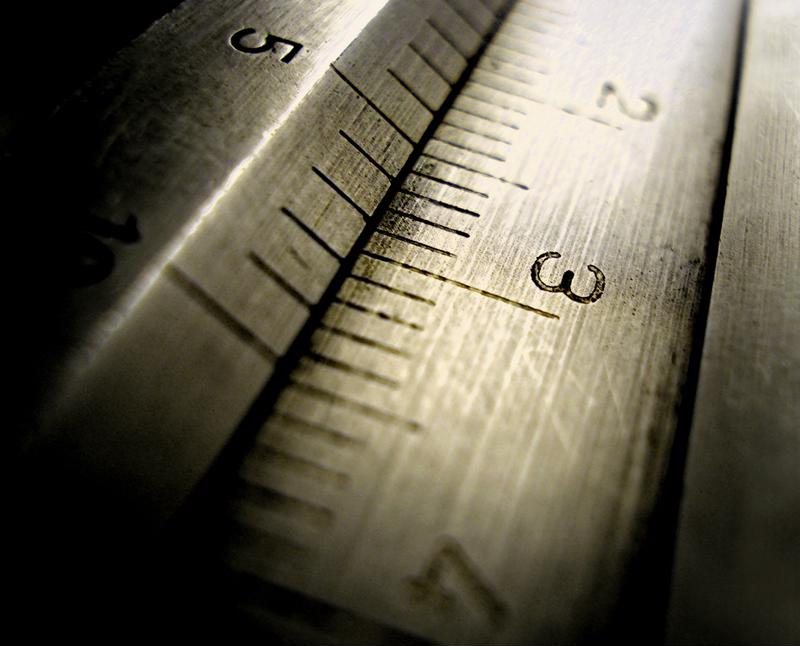4 Ways Photo Etching Solves Design Engineers' Problems

Over the years, we've talked to hundreds of engineers and designers who are looking for new ways to solve their trickiest design problems. Sometimes, the parts they want to make are too complex for the processes they're accustomed to using. Other times, they need parts in large batch sizes that are impractical for other fabrication methods.
Photo etching has a number of characteristics that make it conducive to handling some of these problems. Here are four benefits that engineers and designers should know about:
"At its hottest point, the etching process reaches temperatures of about 135℉. "
No stresses or deformations on the finished part
The cutting- and stamping-based fabrication methods are more well-known, but they have some shortcomings that give designers pause. For example, laser cutting and wire EDM exposes the workpiece to extremely high temperatures, leading to recast layers and work hardening. Stamping and CNC milling can lead to mechanical distortions, burrs and uneven edges.
Photo etching has none of these problems. At its hottest point, the etching process reaches temperatures of about 135℉. And because the parts are chemically etched out of the sheet metal, there is no cutting that leads to burrs or other deformations.
Well-suited for complex geometries and features on flat parts
Today, screens, meshes, sieves and other parts that require many small holes or design features are finding their place in industrial, medical and scientific applications. For most of the conventional fabrication processes, these parts are either impossible to make consistently, or are completely impractical in terms of tooling and setup costs.
When we make a phototool - a stencil in the shape of the finished part - we can include all of those holes and etch them all at once. This saves time and ensures the uniformity of each hole on the part. The photo etching process produces consistent, burr-free holes as small as 0.004" in 0.002" thick material. As a general rule, minimum hole size is 110 percent of the thickness of the material. So if we have 0.010" thick material, the smallest hole we could make would be 0.011".
 Designers and engineers today need precise component parts, and are looking for new processes to help them solve their design problems.
Designers and engineers today need precise component parts, and are looking for new processes to help them solve their design problems.Tight, consistent tolerances are no problem
The phototool is extremely accurate because light is its only working exposure. Thus, there is there is no "tool wear" that could leave to uneven tolerances. Because of this, the locational tolerances for design features generally meet the nominal dimensions of the specification.
Dimensional tolerances are dictated by the thickness of the metal. We can typically hold these to within +/-15% of the sheet's thickness.
Design changes are easy and cheap
Phototools are extremely cheap compared to the tooling costs seen in other fabrication methods. For the most part, phototools cost about $300 or less and can be made in about 24 hours. This means that designers can change their designs without incurring substantial costs. With other methods, the tooling costs and lead time are so great that changes to any designs can lead to more money spent and a lot of wasted time.
For detailed information, our newly-published Comprehensive Guide to Photo Chemical Machining offers engineers and designers technical information to assist their projects:
If you have some difficult design problems, call us at 800-443-5218 or email us at sales@conardcorp.com and see what working with a photo etcher can do for you!


